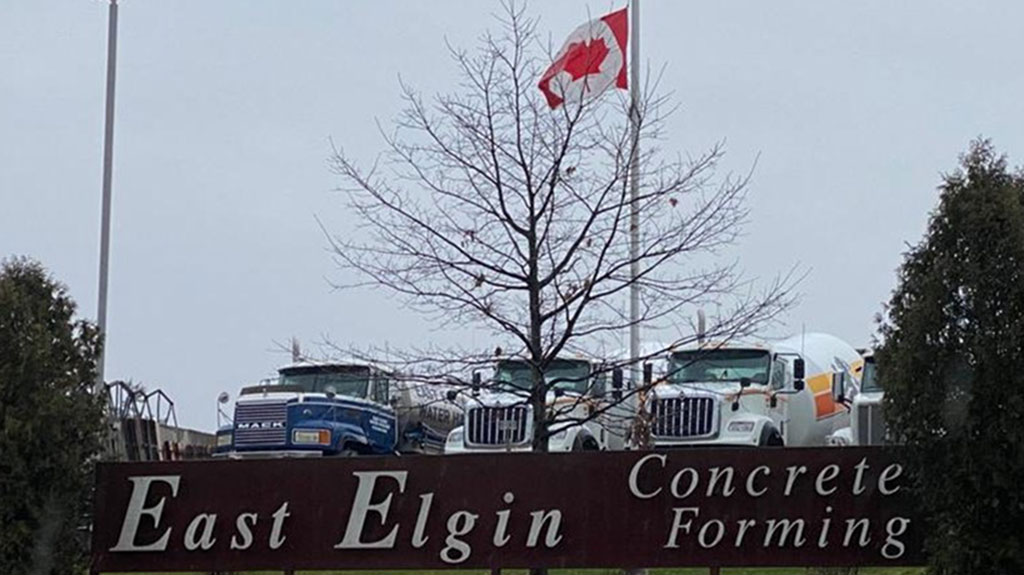LONDON, ONT. – Two Oxford County, Ont. construction companies are facing a total of $400,000 in fines in relation to a London, Ont. building collapse that occurred in December 2020, claiming the lives of two workers and injuring four others.
iSpan Systems LP of Princeton, a manufacturer of steel joist systems, was fined $260,000 and East Elgin Concrete Forming Ltd. of Tillsonburg, a concrete contractor specializing in foundation and flat work, was fined $140,000 by Ontario Court Justice Michael Carnegie on Dec. 15, 2023 in a London court.
According to an Ontario government court bulletin, iSpan failed to ensure that a building, structure or any part thereof, was capable of supporting any loads that may be applied to it. East Elgin failed to provide proper information, instruction and supervision, specifically on the use of proper concrete measuring techniques on the project. Both offences are contrary to the Occupational Health and Safety Act.
On Dec. 11, 2020, a section of a residential building under construction on Wonderland Road at 555 Teeple Terrace collapsed to the ground during a fourth-floor roof level concrete pour, resulting in fatal injuries to John Martens of Langton, Ont. and Henry Harder of Tillsonburg, Ont. and critical injuries to four others.

iSpan Systems LP fabricated the building’s structural steel frame, including the frames necessary to support the concrete forms, the bulletin reads. East Elgin was responsible for the concrete pour, retaining supervisory duties while subcontracting the roof pour to another company.
A Ministry of Labour, Immigration, Training and Skills Development investigation found deficiencies in iSpan’s fabrication and methodological errors in East Elgin’s procedures that contributed to the collapse.
A laser level, employed by East Elgin, directed the subcontractor to pour to the height of the level, but it failed to take into account the deflection of the steel frame that occurred from the weight of the concrete. The use of a dipstick would have remedied this problem by providing a true reading of concrete depth during the deflection process, the bulletin reads.
As a result, workers were left with the incorrect assumption that the concrete depth was insufficient at certain locations in the pour. Consequently, more concrete was applied then had been specified by iSpan.
A further analysis carried out by ministry engineers determined the concrete placed exceeded the design values by “considerable amounts. The weight of the applied concrete contributed to the collapse and/or its severity.
“Good engineering practice requires not only that a building possess sufficient capacity to support anticipated loads, but also that it possess a margin of safety for unexpected loads.”
Another contributing factor of the collapse was the failure of a roof beam support, referred to as a beam pocket. The loads transferred to this beam pocket from the stud packs exceeded its ultimate load carrying capacity resulting in the failure.
“While iSpan’s approved engineering drawings specified a 14-gauge deep track for the stud pack, an iSpan employee changed the deep track to a thinner and shorter 16-gauge shallow track,” the analysis found. “Additionally, the welds between the studs were placed lower than had been specified by the fabrication drawings which may again have reduced its capacity.”
iSpan’s quality control department failed to detect these errors.
“If the wall had been fabricated as designed, it would have possessed a sufficient margin of safety to account for the overpouring of concrete and the collapse could have been avoided,” states the bulletin.











Recent Comments